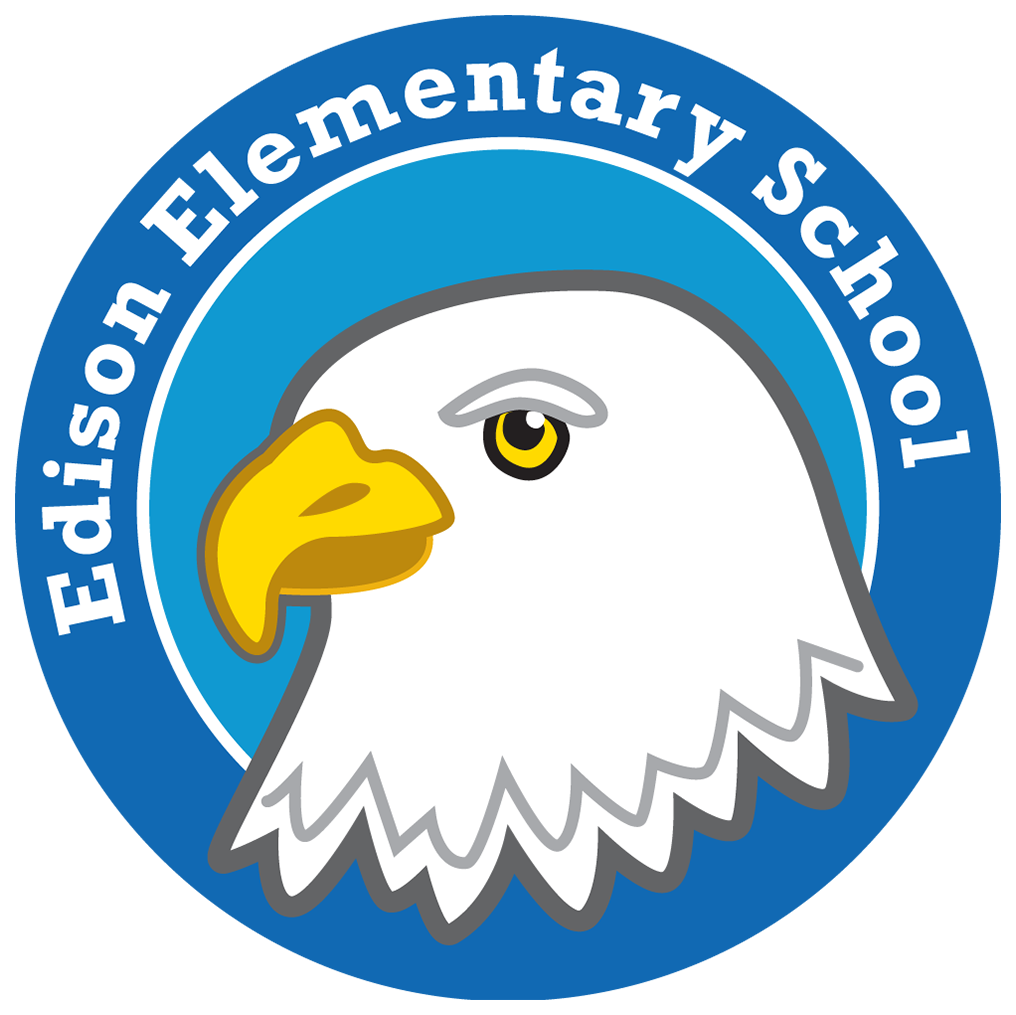Daily Schedule
8:25 -School Starts/Attendance
8:30 - 9:15 Specials
9:15-9:40 Class Meeting
9:40 - 10:40 CKLA Reading
10:40 - 11:10 Writing
11:10 - 12:25 Math
12:25 - 1:10 Lunch & Recess
1:10 - 2:00 Science
2:00 - 3:00 Reading Groups
3:00 - 3:25 Reading Skills
3:25 Dismissal
Reading
4th graders at Edison use the CKLA curriculum in which they deepen their vocabulary, reading comprehension and writing skills.
Math
Through our Eureka Math Squared curriculum students will engage in a daily warm-up, whole group and/or small group instruction, and independent practice time. Once students have completed their math work for the day they will have the opportunity to play math games, which are meant to provide further hands-on practice or complete a challenge sheet. Homework and video help are available to support students with math practice of each math module.
Module 1: Place Value Concepts for Multiplication and Division with Whole Numbers
Module 2: Addition and Subtraction with Fractions
Module 3: Multiplication and Division with Fractions
Module 4: Place Value Concepts for Decimal Operations
Module 5: Addition and Multiplication with Area and Volume
Module 6: Foundations to Geometry in the Coordinate Plane \
Social Studies
Our social studies curriculum, InquireEd, has the following units:
Native America,
Financial Literacy,
13 Colonies,
Revolutionary War
Science
Amplify Science units: Modeling Matter, Earth Systems, Ecosystems
Modeling Matter
In the role of food scientists working for Good Food Production, Inc., students are introduced to the ideas that all matter is made of particles too small to see and that each different substance is made of particles (molecules) that are unique. Students are then challenged to solve two problems: One problem requires them to separate a mixture, and the other problem requires them to make unmixable substances mix. Students are challenged to use the particulate model of matter to explain their work to the president of the company. In so doing, students figure out that the properties of materials are related to the properties of the nanoparticles that make up those materials.
The Earth System
The cities of East Ferris and West Ferris are located on different sides of a mountain on the fictional Ferris Island. East Ferris is having a water shortage while West Ferris is not. As water resource engineers, students learn about the Earth system so they can help figure out what is causing the water shortage on one part of the island. They also design ways to alleviate the effects of water shortages, including freshwater collection systems and proposals for using chemical reactions to treat wastewater.
Ecosystem Restoration
Working as ecologists, students figure out why the organisms in a part of a Costa Rican rain forest ecosystem aren’t growing and thriving. As they solve this problem, students learn more generally how organisms in an ecosystem get the matter and energy they need to survive. Along the way, students write a series of restoration plans that include arguments about why the rain forest ecosystem is not thriving and recommend actions to restore its health.
